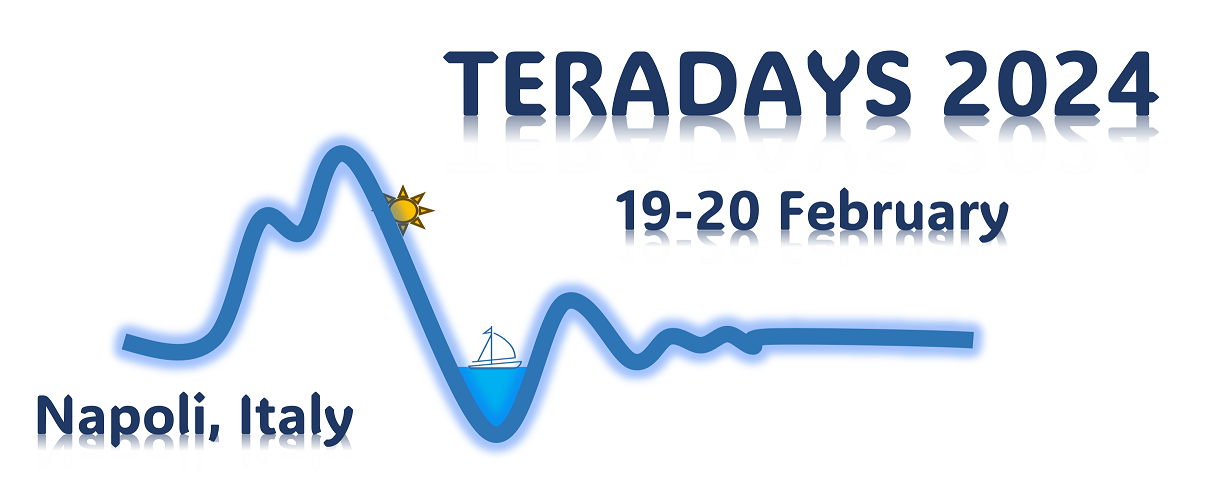Speaker
Description
In recent years, hazelnut cultivation is becoming increasingly important in terms of areas invested and crops
expected. Among the various quality defects, one of the most detrimental alterations to hazelnut quality is “cimiciato”
defect, which is caused by a group of insects belonging to the families of Coreidae and Pentatomidae. Nowadays no
reliable automatic method to discriminate between healthy and cimiciato hazelnuts exists and the food industry still
relies on manual visual inspection of shelled nuts.
The aim of this work was to validate a continuous-wave terahertz transmission imaging system to
discriminate cimiciato-infected hazelnuts by a non-invasive method that can, potentially, be implemented in a realtime approach. Carrying low-energy photons, THz radiation is unable to induce ionization processes, which means
that it is a perfectly safe radiation for biological tissues.
The trial was conducted on a sample of 150 hazelnuts. We set up a classification model and to assess its
performance we used a validation sample of 50 hazelnuts. We plotted the distributions of the healthy and injured
samples and fitted the two curves with a polynomial function. The data from each unknown nut was added as a new
data point to each of the two distributions, and the minimum distance between this new point and the fitting function
was calculated. The new data point was, then, assigned to the distribution with the lowe r distance and the
correct/incorrect attribution was evaluated by visual inspection of the nuts. The procedure was able to correctly
identify 100% of cimiciato hazelnuts in the mixed population with still a 25% false negative rate.
The developed method is simple, requires a low-cost apparatus and can potentially be implemented in real time,
therefore, it can be of great interest for the food industry

